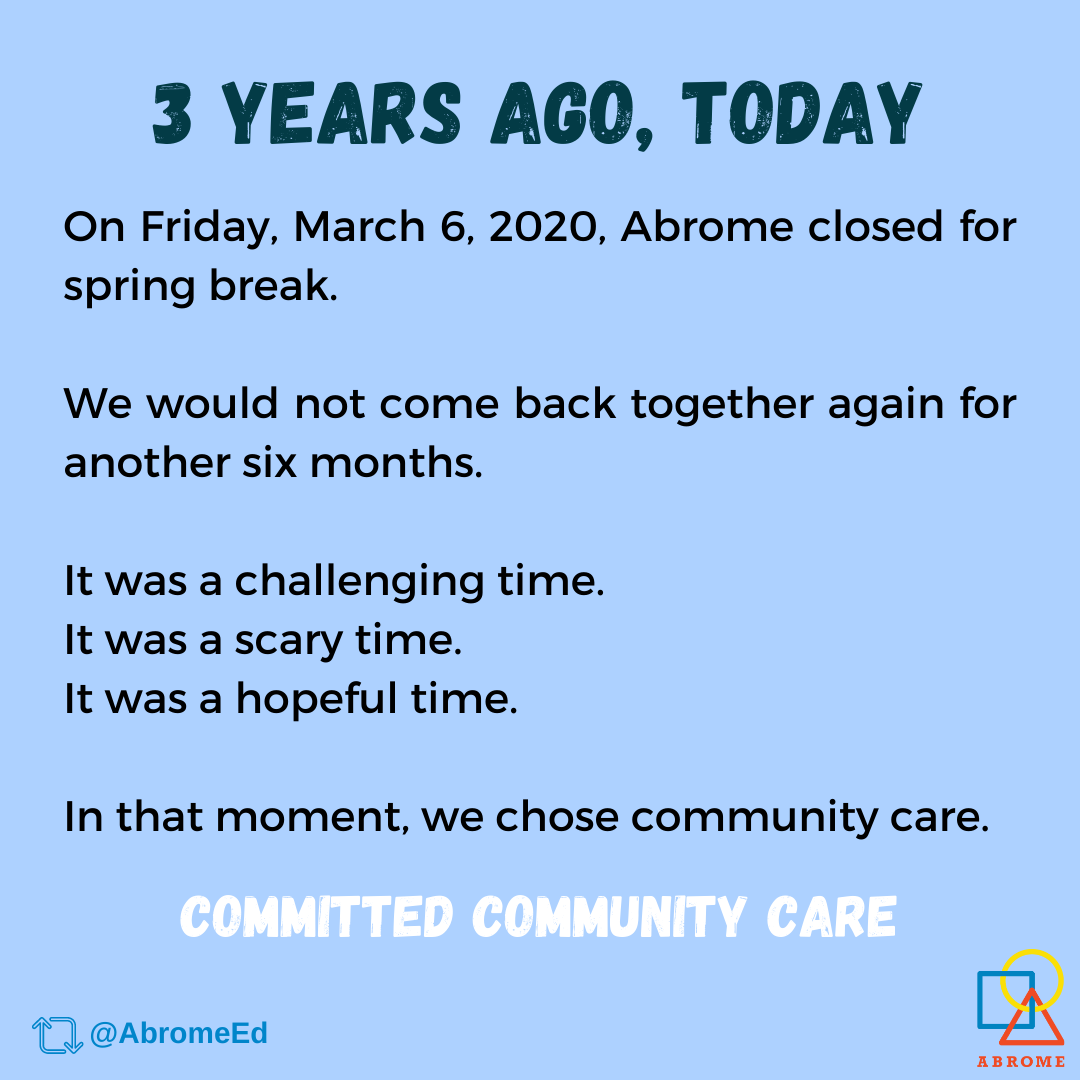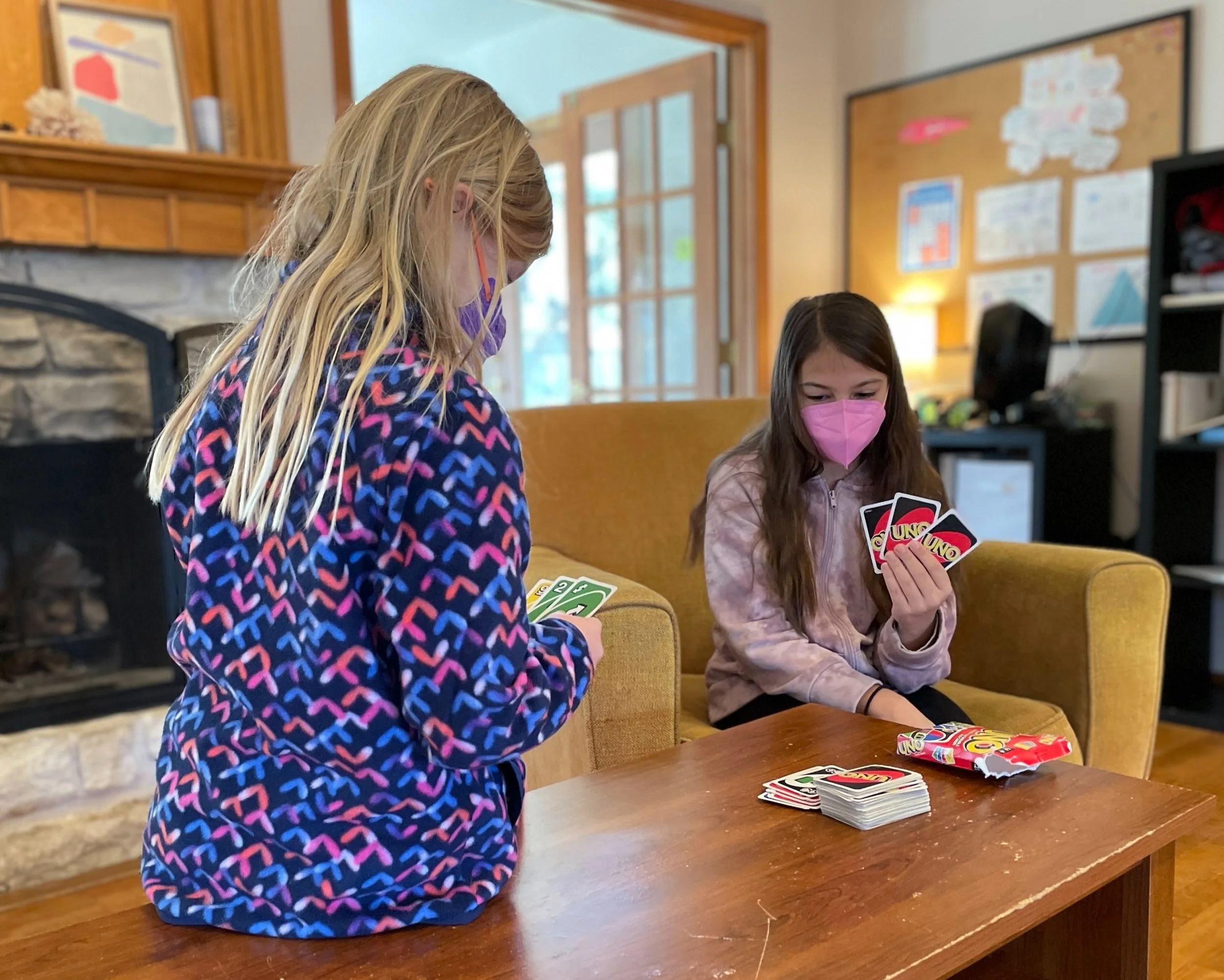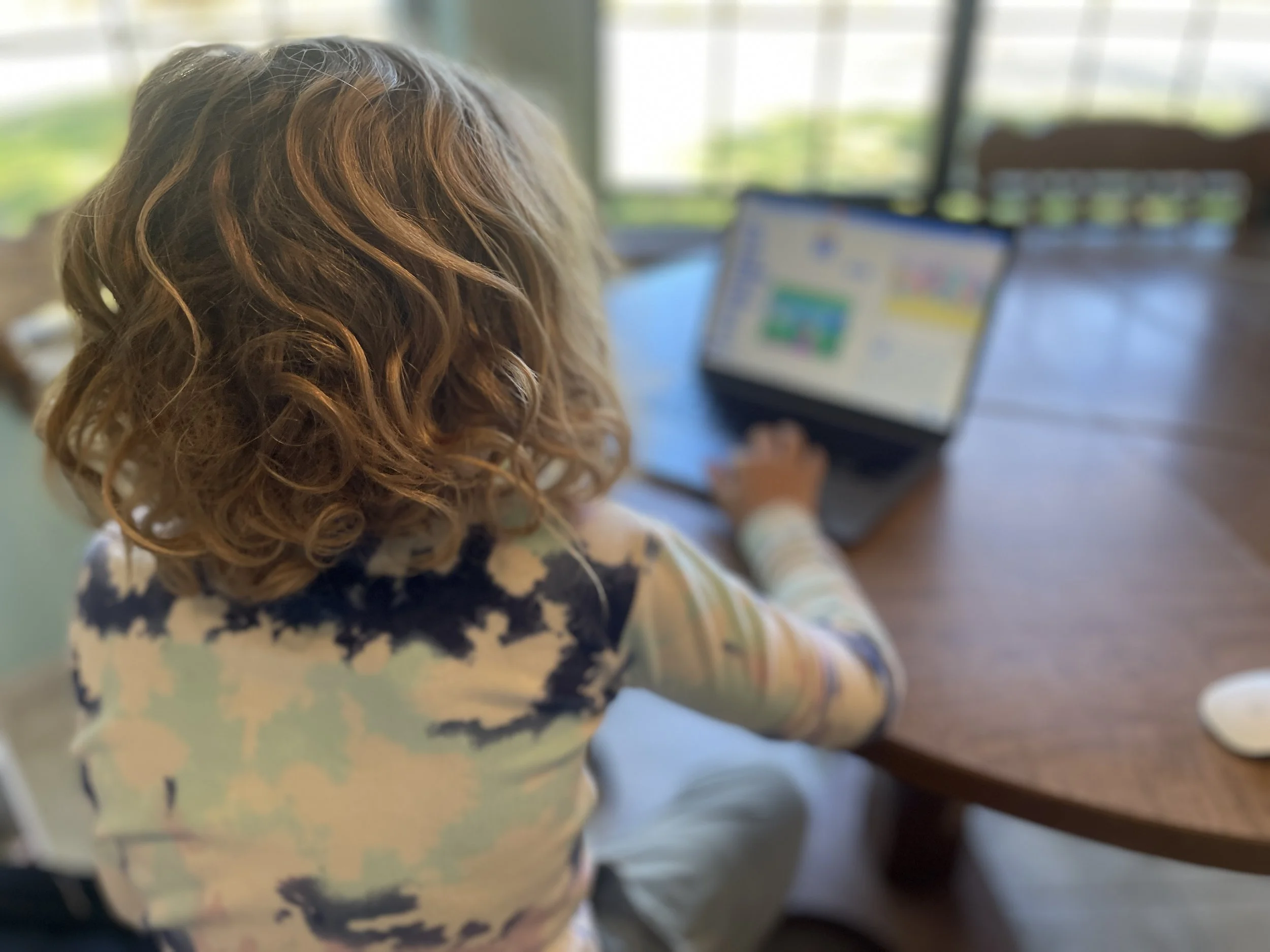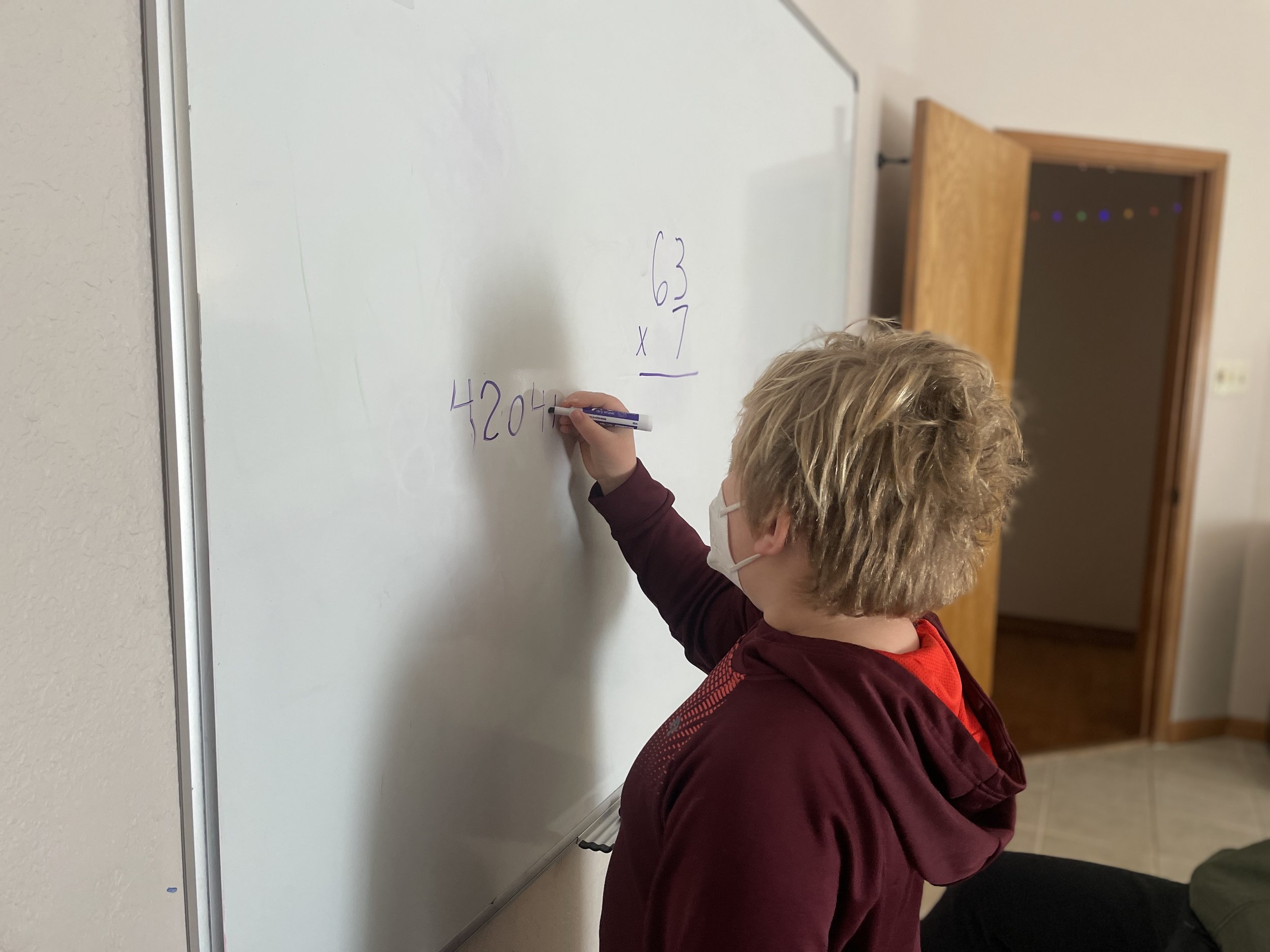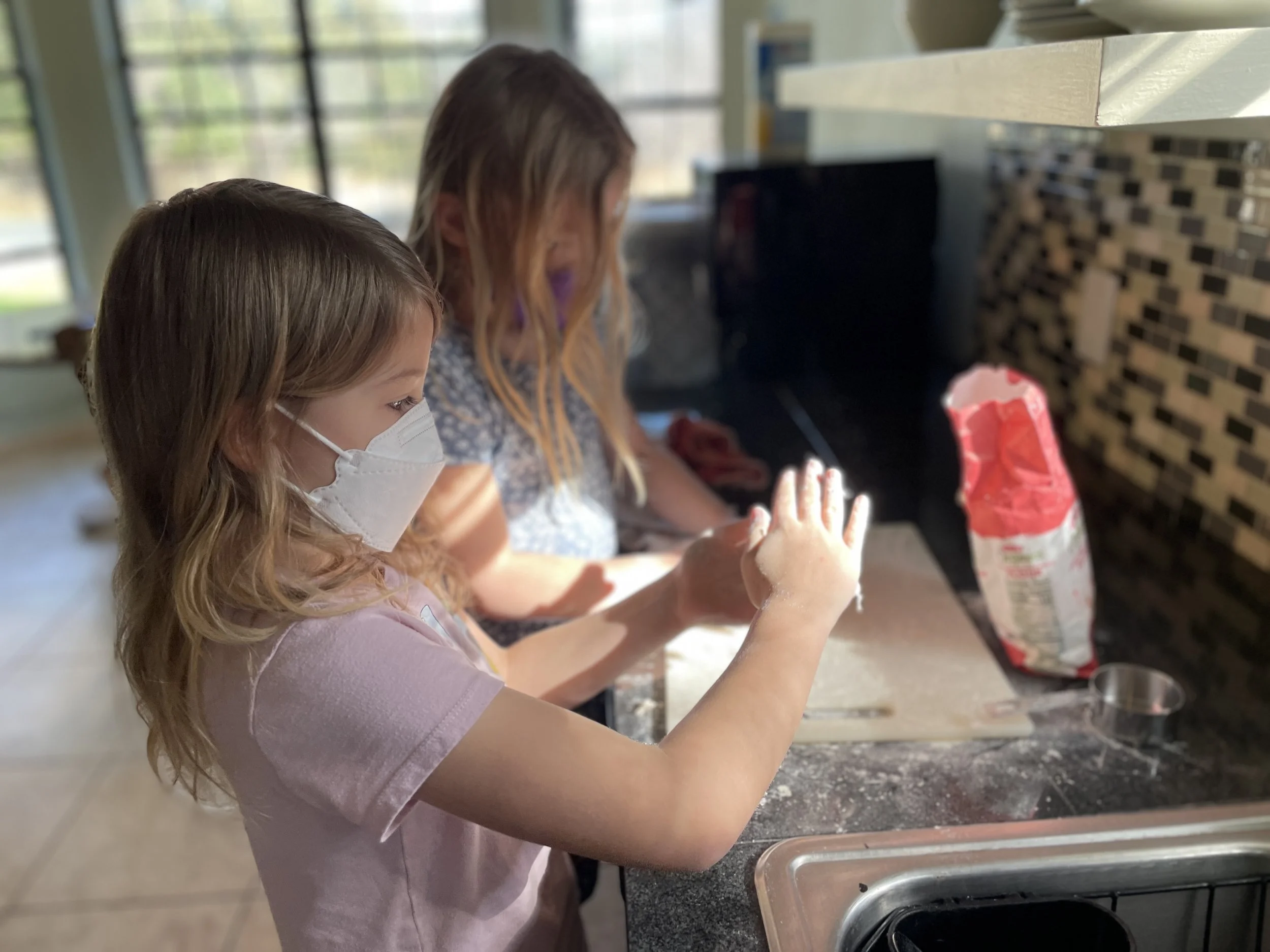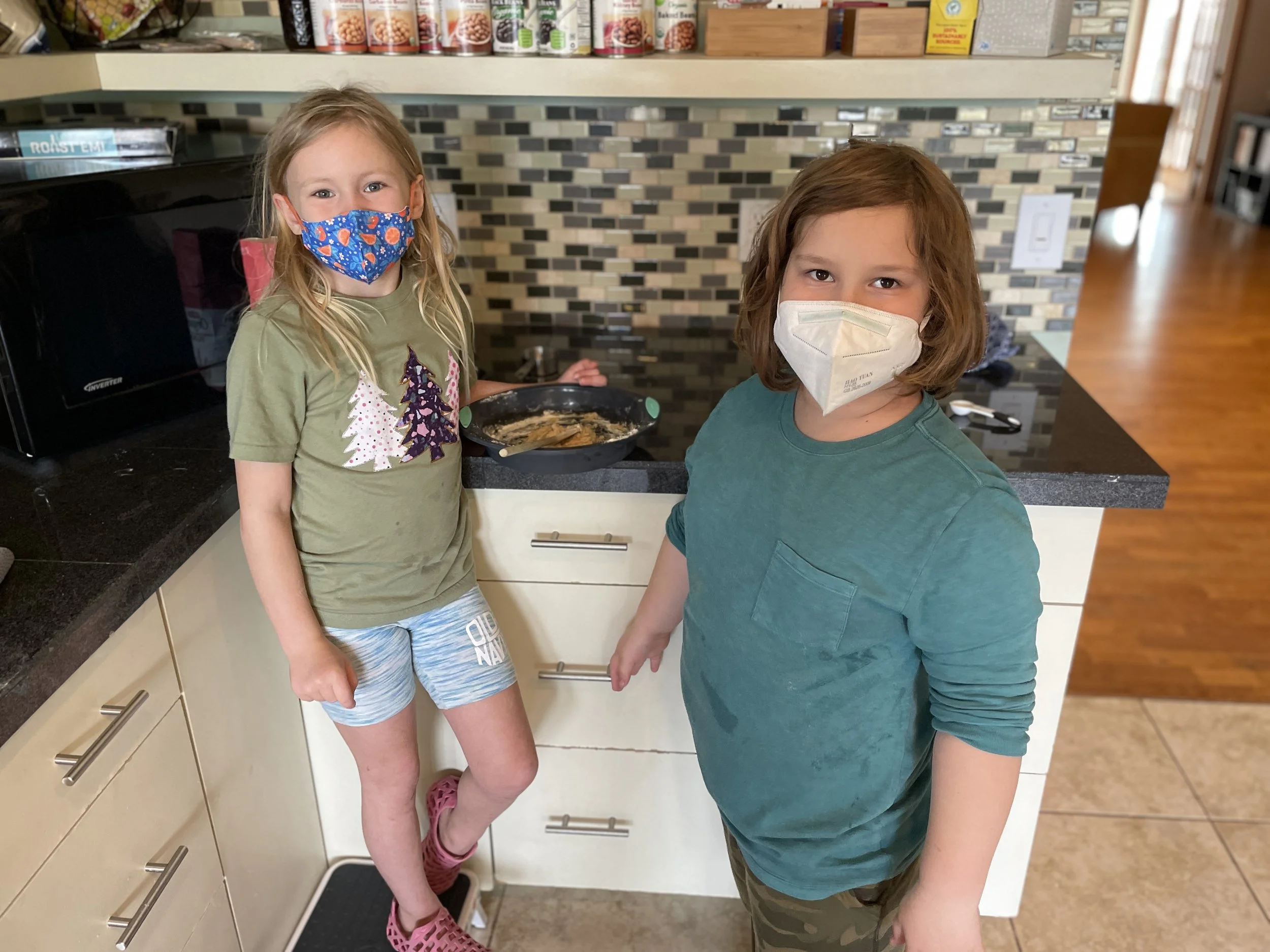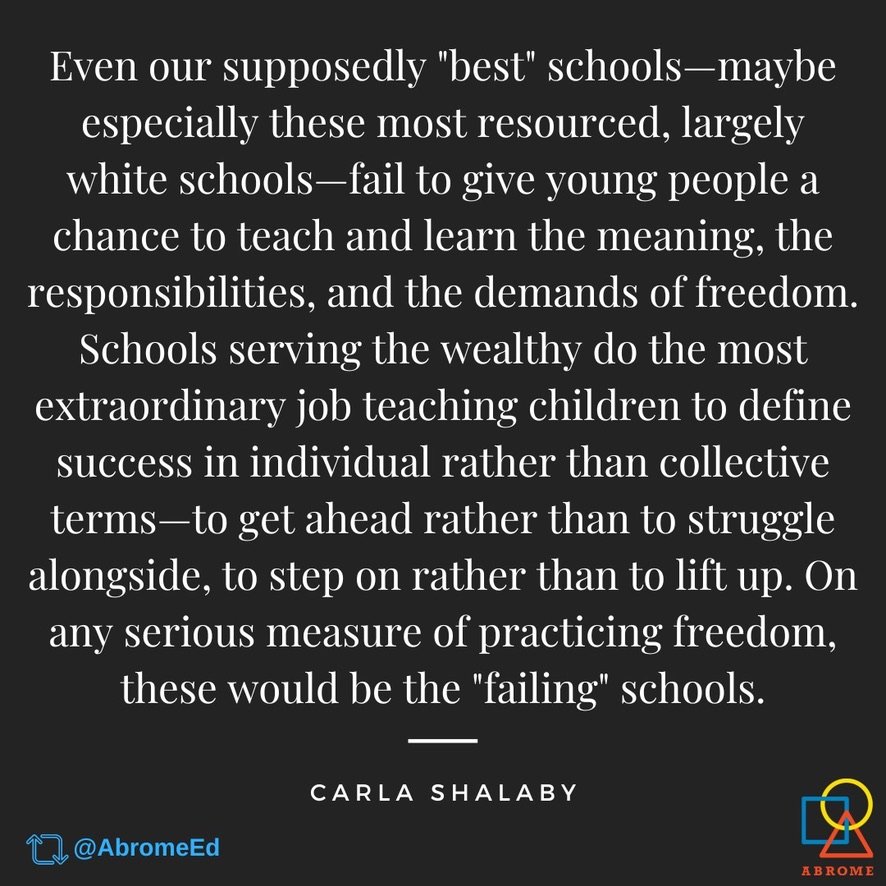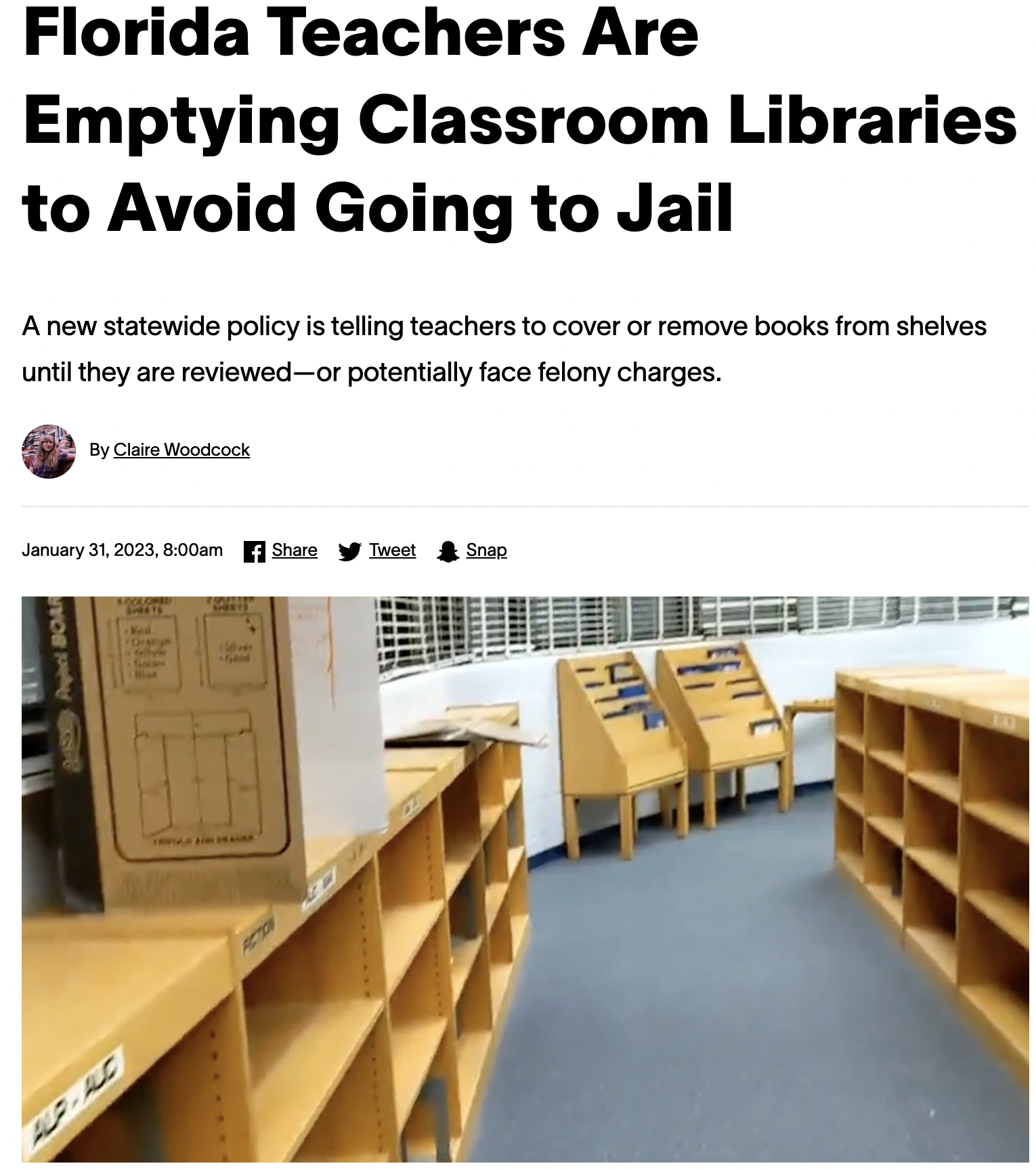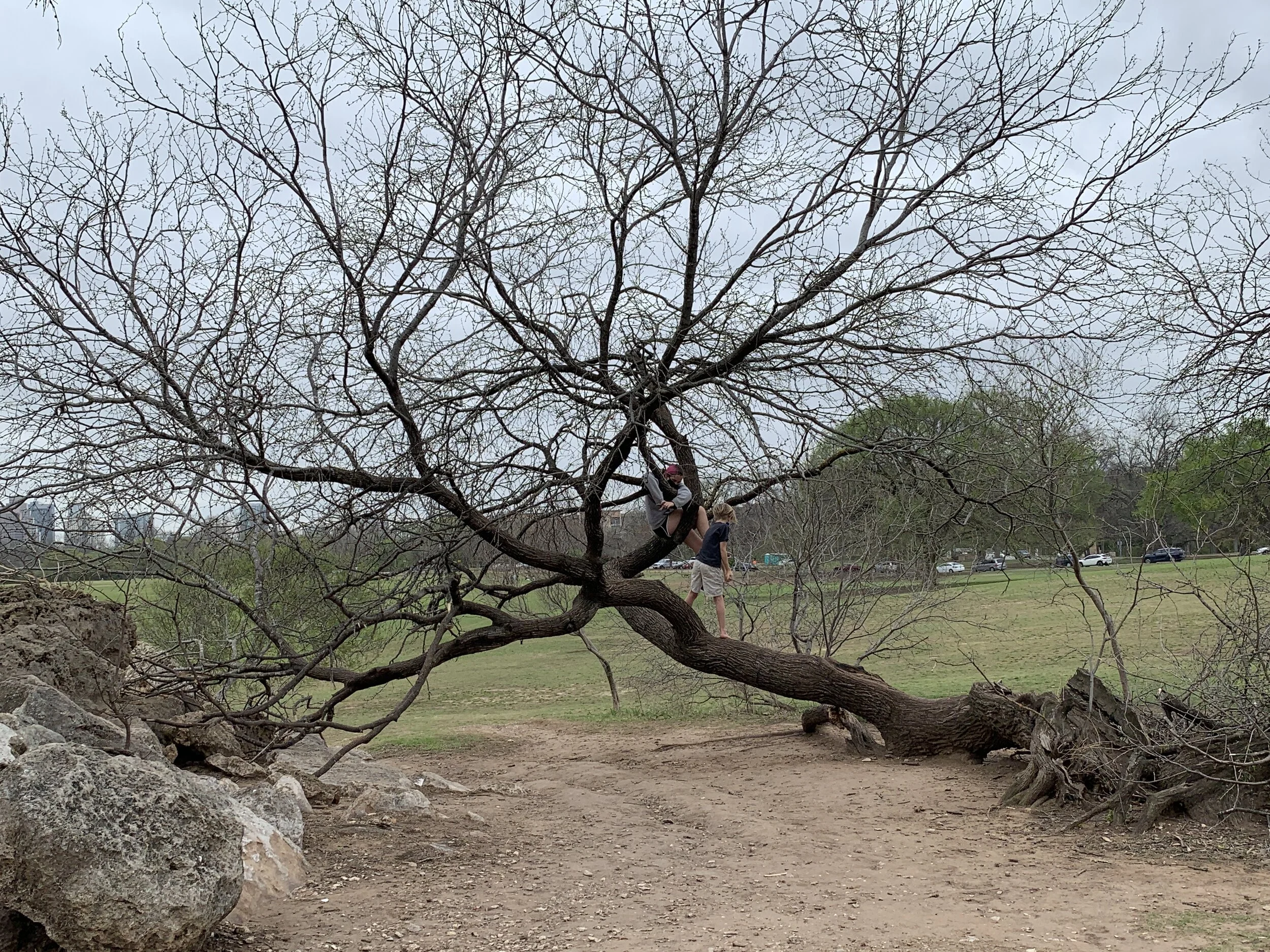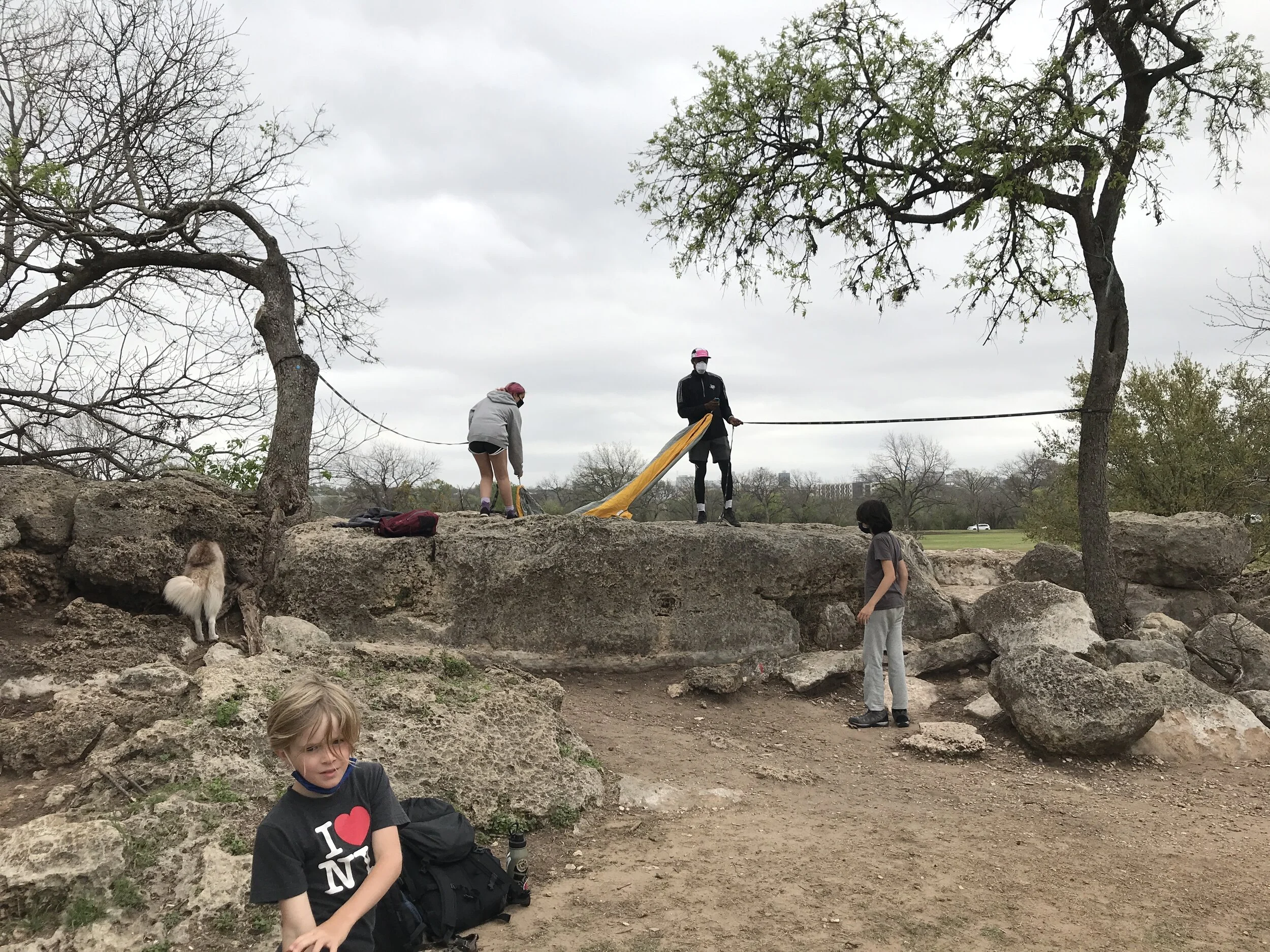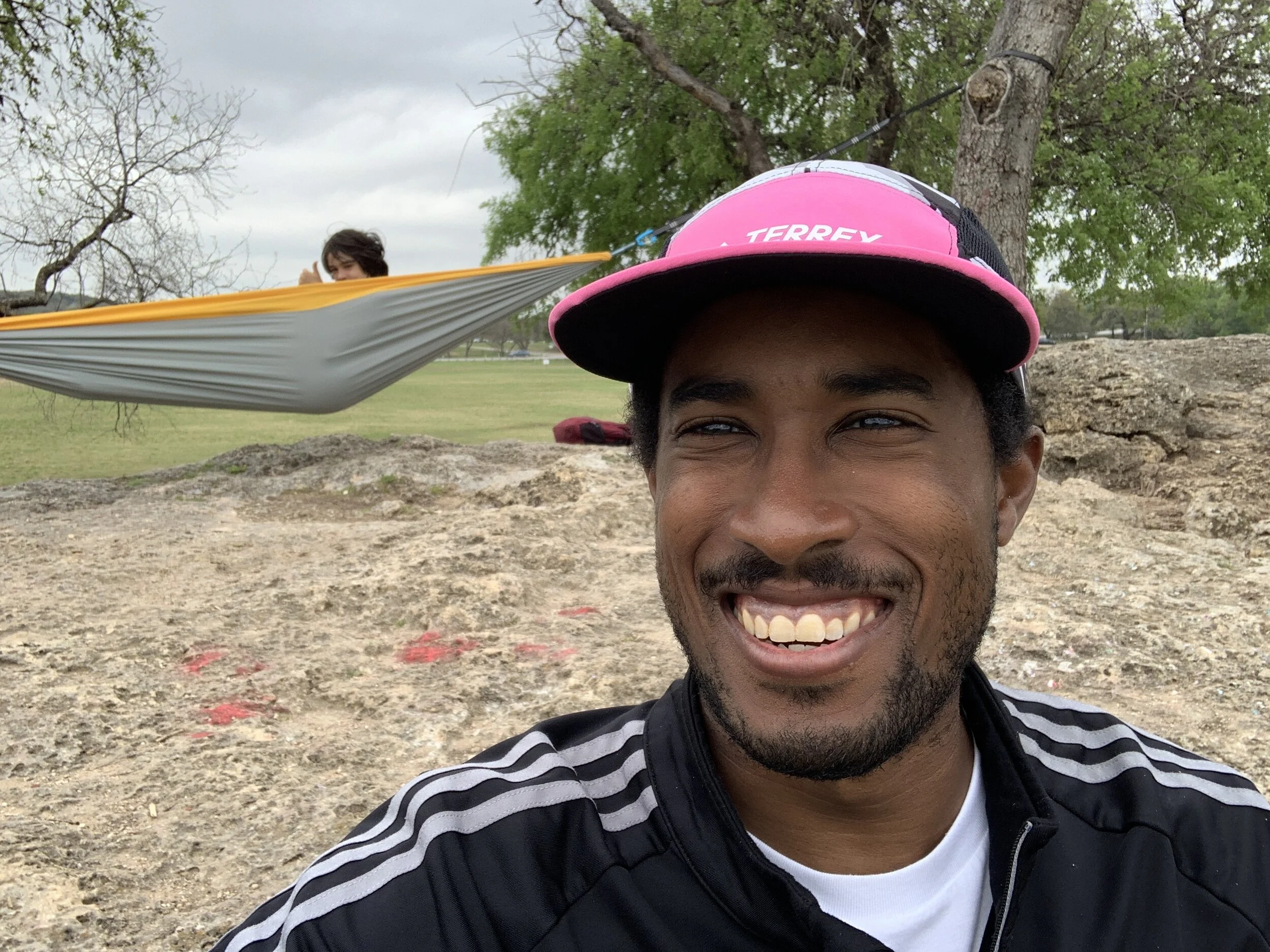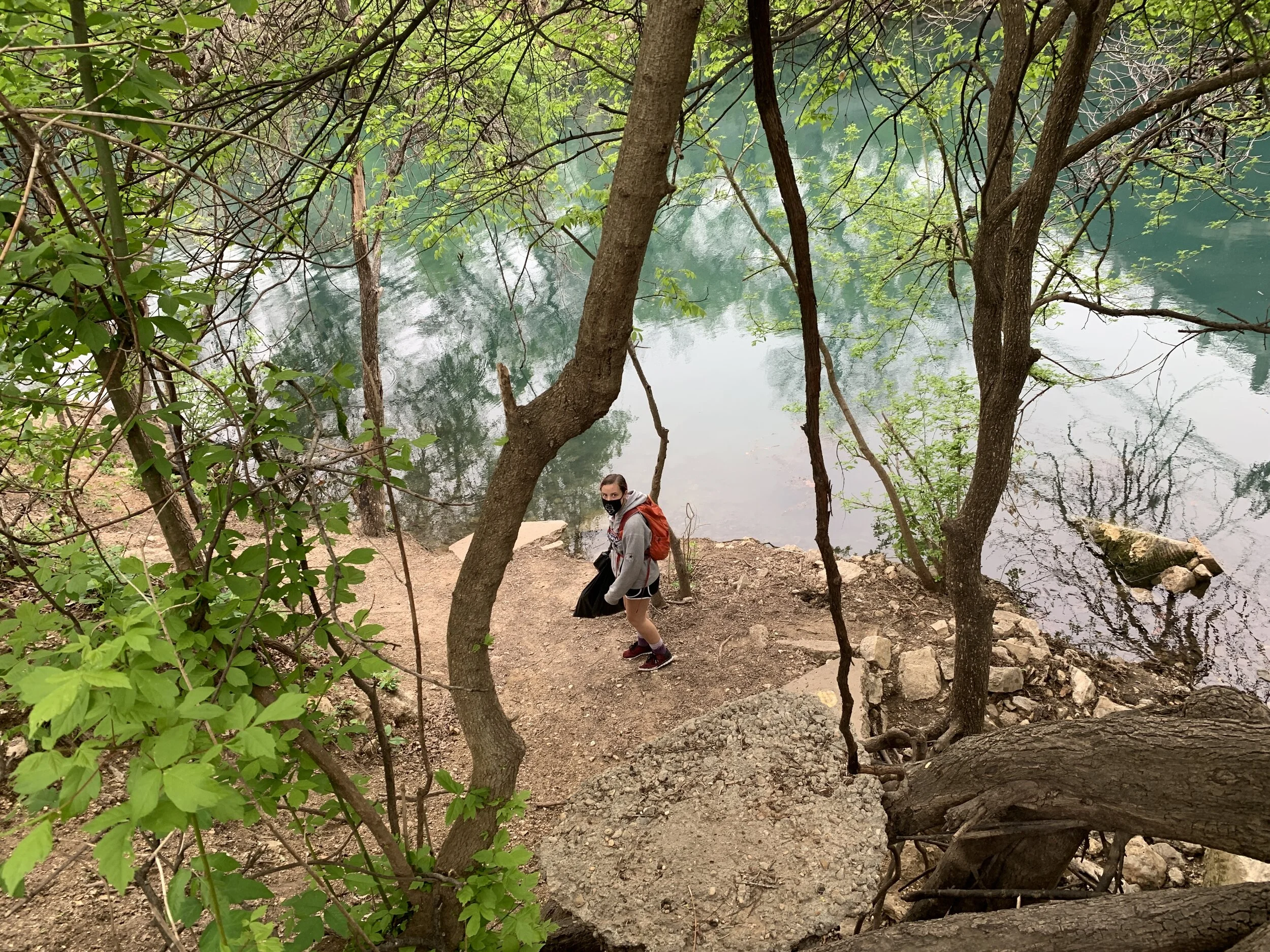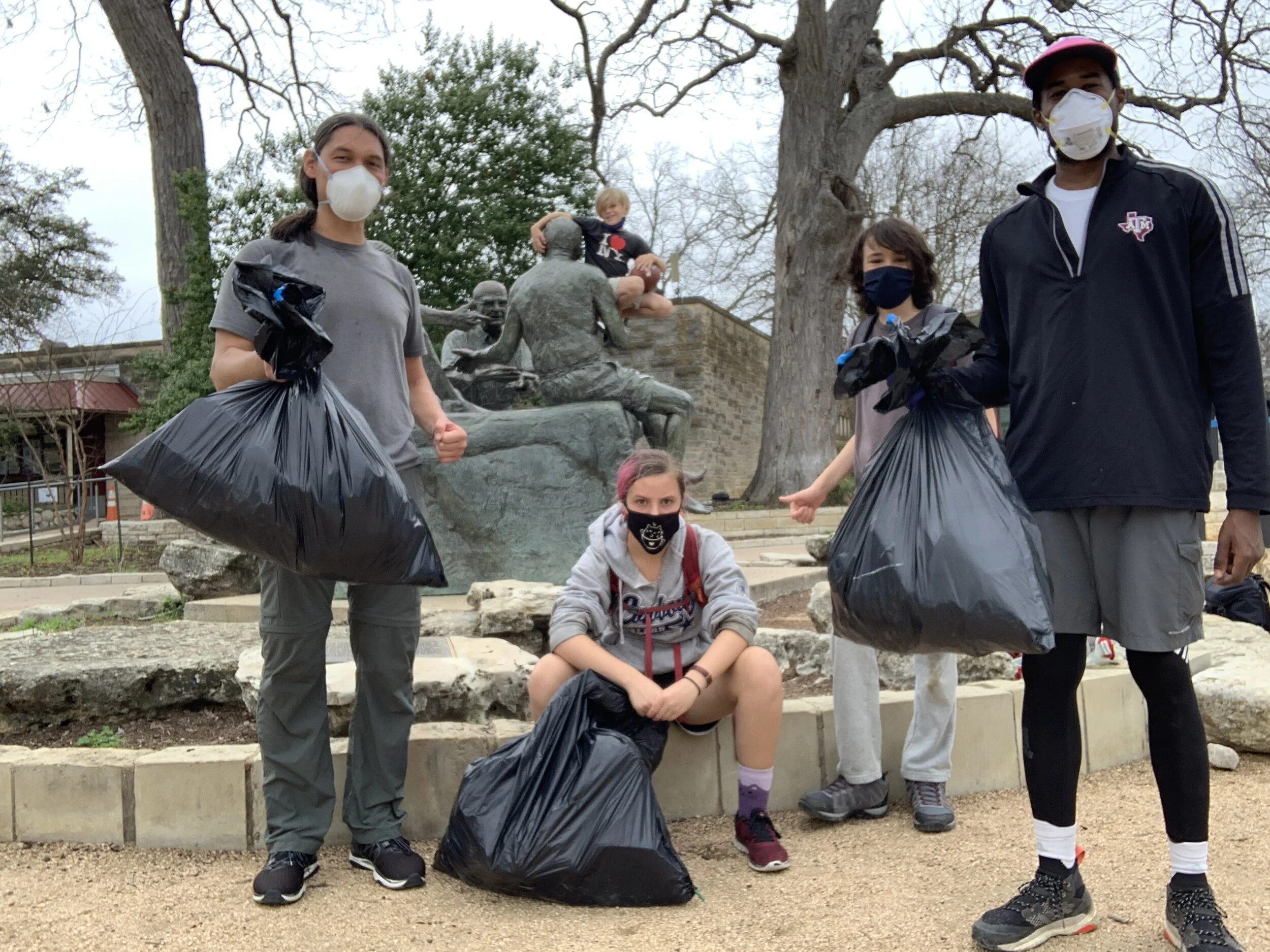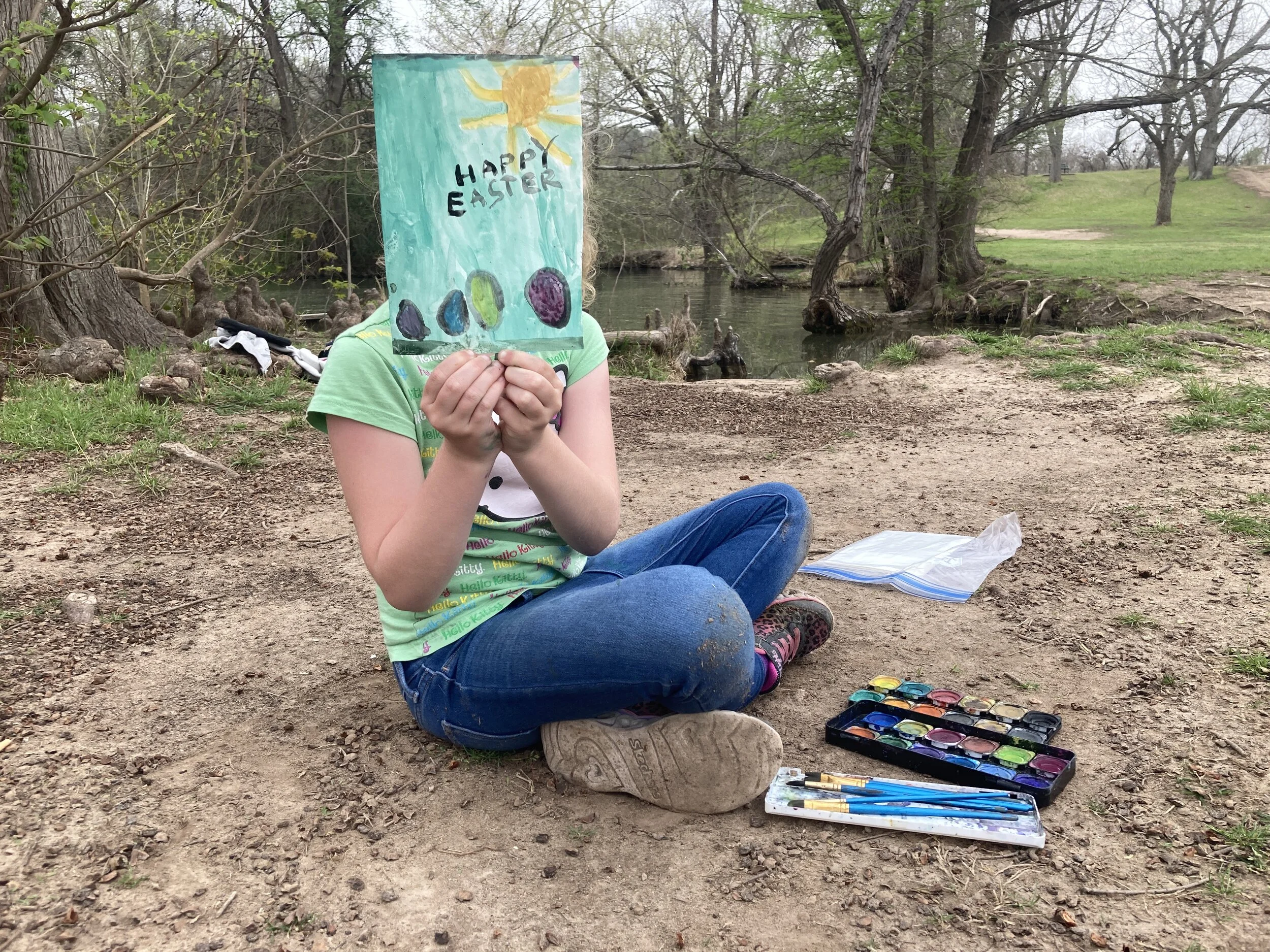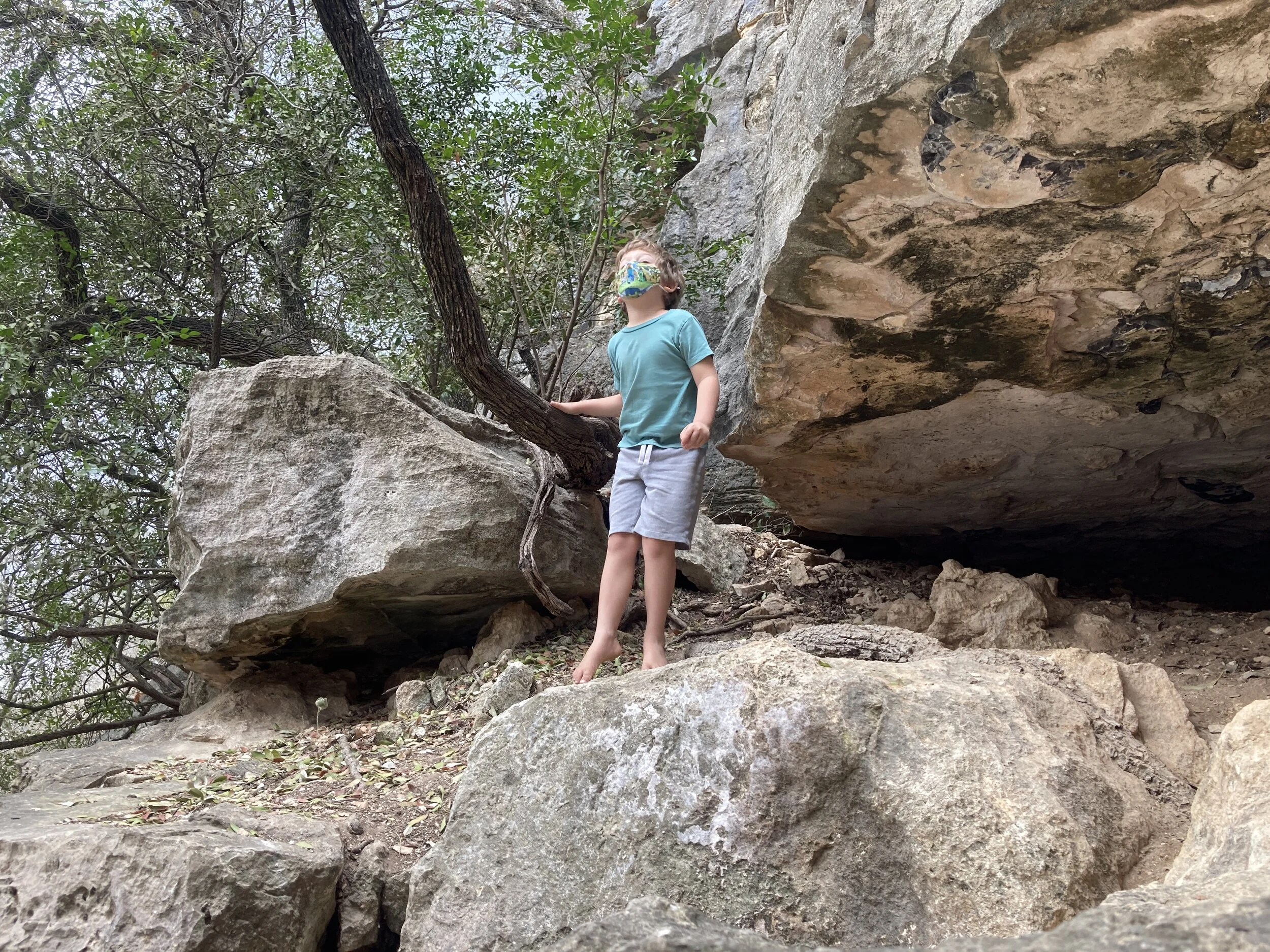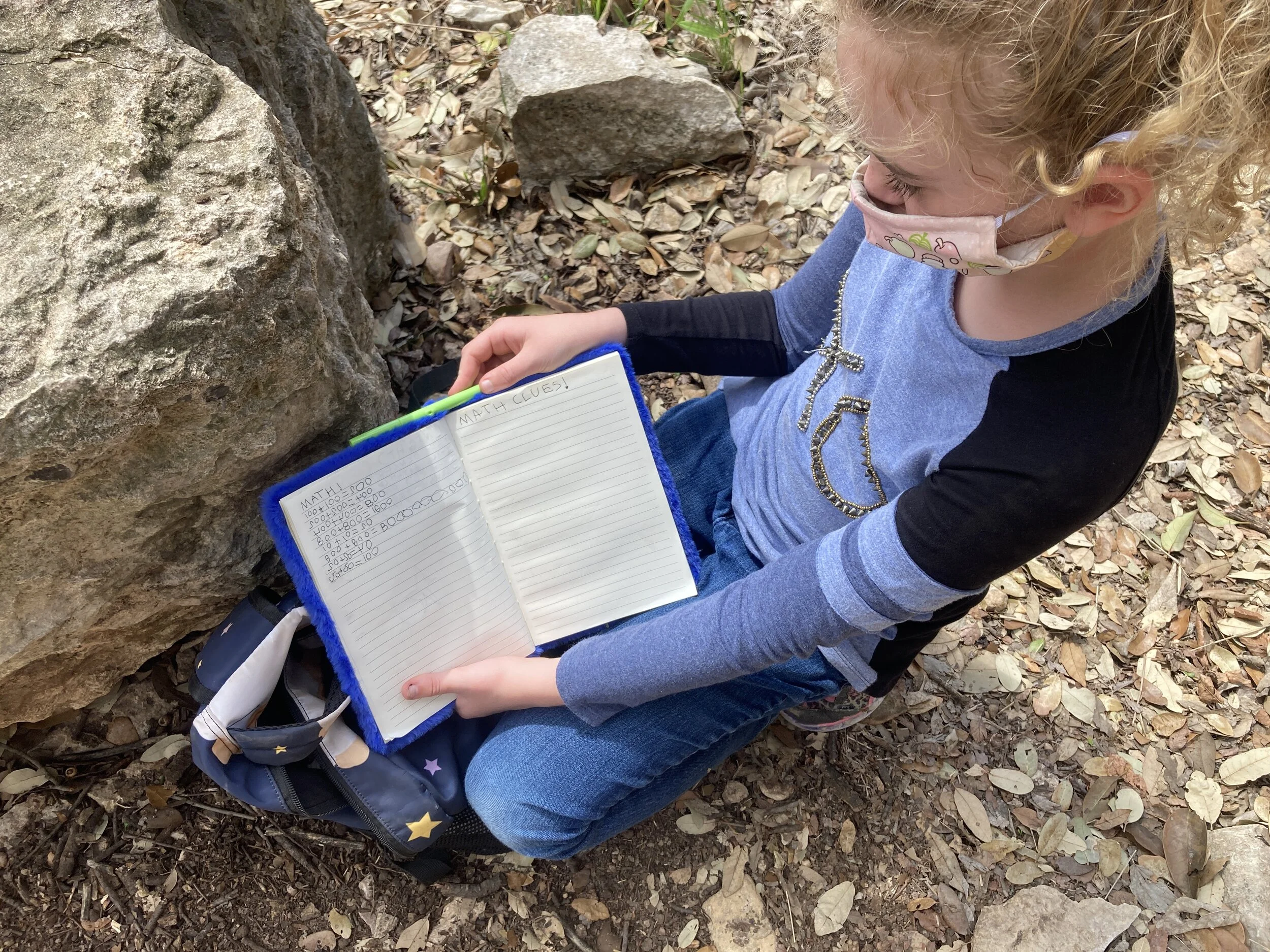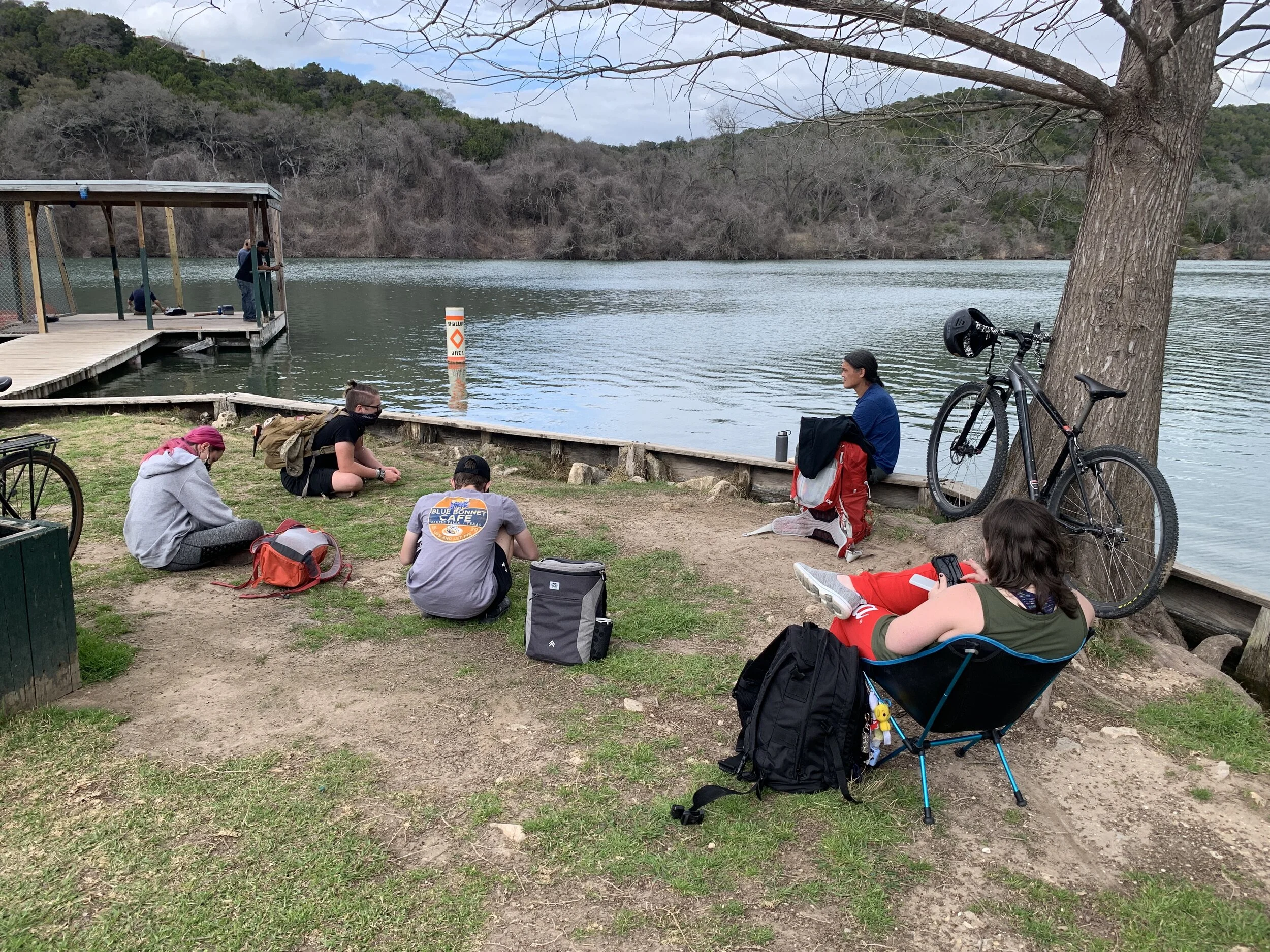When people ask us what type of school Abrome is, or how we differ from other schools, we remind them that we are not a school. Abrome is an alternative to school. Abrome is Emancipated Learning.
Every public school in America is fundamentally the same, as are 99.8% of private schools. They operate on a coercive model of command and control schooling that prioritizes conformity and obedience over learning. They believe students are incompetent learners that need to be taught by knowledgeable adults. They rely on standardized curriculum. They believe that students must be constantly assessed, tested, and measured against same-aged peers. They believe that competition is the appropriate way to distinguish the intelligent and hardworking students from the stupid and lazy ones. They value students for the dollars they bring in, either seat-time revenue or tuition, as opposed to the value young people can provide to society.
Of course many of those schools will insist that they are different from the failed traditional schools that most young people are subjected to. Some are charter schools. Some are private schools. Some are even alternative schools! Instead of restrictive, standardized curriculum, those schools might claim that their students get to engage in personalized learning, meaning students are allowed to rearrange or stretch out certain aspects of their standardized curricular requirements. Or perhaps they will give lip service to peer learning and flipped classrooms as a way to suggest that they do not have an authoritarian, adult-directed schooling environment. Some schools may even eschew quantitative assessments for seemingly more compassionate qualitative assessments. But these efforts are nothing more than attempts at articulating differentiation (in name only) of the commodity known as schooling.
If schools cannot distinguish themselves with an educational fad (e.g., personalized learning), and because schools are all largely the same, they are left relying on and promoting superficial differences to convince families that they are better than other schools. These are called bells and whistles. Bells and whistles can be the promise of personalized learning, peer learning, flipped classrooms, or qualitative assessments. It can be technology in the classroom, with online academic support at home. It can be the promise of access to mentors and internships. It can be programing classes or maker labs. It can be an award winning yearbook club, robotics club, debate team, or science Olympiad team. It could be a 30,000 seat football stadium, an Olympic sized pool, or a 9-hole golf course. But what does not change with these bells and whistles are the underlying structures and practices of schooling.
Abrome is often described by what we are not. We are not a school. We do not replicate or perpetuate the structures and practices of schooling. We do not have teachers, classes, instruction, curriculum, testing, homework, grades, or age-based segregation. And there is good reason for us not replicating what is happening in school—schooling harms children. Schooling convinces most students that they are incompetent, stupid, untrustworthy, lazy, and inherently flawed. These students’ lives are substantially altered for the worse because of schooling. From a societal perspective, schooling destroys more human capital than any other institution. A small minority of school students do not become convinced that they are damaged goods, and instead fall into the trap of believing that they are inherently better than everyone else. This is also harmful to society, as students with a belief of superiority often assume positions of power and make decisions with little regard or understanding for the general public.
While eliminating the structures and practices of schooling is necessary, it is not sufficient to create a society where everyone is able to lead a remarkable life. Abrome goes beyond eliminating the harmful aspects of schooling by leveraging our Emancipated Learning model. Emancipated Learning is not an adornment, it is a fundamentally different approach to education based on the axiom that young people are competent and active knowledge seekers. We trust young people to take charge of their educational experiences and their lives.
The Abrome logo provides a visual representation of how the Emancipated Learning model works. The Abrome logo is an adaptation of Borromean rings, which are an arrangement of three interlocked circles, with no two circles being interlocked. This is a form of a Brunnian link. If one were to break one of the rings in a Brunnian link, the other rings would fall away. Borromean rings show strength in unity, as the whole is much stronger than the sum of its parts.
The Abrome logo consists of a triangle, a square, and a circle, all in different colors, as opposed to three symmetrical rings. This was done to emphasize the importance of diversity in the Abrome space.



